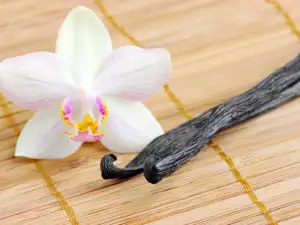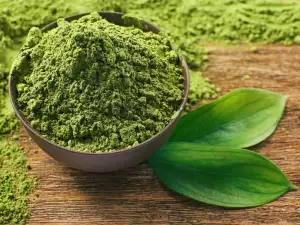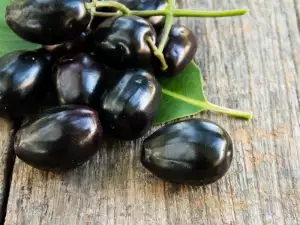For many years there were four recognized basic tastes: sweet, sour, savory and bitter. Umami, or the fifth taste, is a relatively recent discovery.
Officially defined as a distinct taste in the 1980s, umami is a true deliciousness.
The taste of umami
Umami translates as pleasant savory taste and is described as broth. You can experience the taste of umami in foods that contain high levels of MSG such as Parmesan, seaweed, miso and mushrooms.
Glutamate has a complex taste. Monosodium glutamate, or MSG, is often added to foods to add umami flavor. Literally translated from Japanese, umami means delicious.
By description, umami has a mild but lasting aftertaste associated with salivation, stimulating the throat, roof and back of the mouth. It's not considered desirable as a standalone flavor, but adds complexity when paired with other flavors.
History of umami taste
The popularity of umami has grown since the 1980s, when research on the fifth basic taste began to increase. In 1985, the International Umami Symposium held in Hawaii defined umami as the scientific term for this fifth taste. To be able to stand on its own, it had to meet certain criteria.

The researchers proved that it is not produced by a combination of other primary tastes, but is an independent taste. It also has its own specific taste receptor.
The use of glutamate in cooking has a long history. Fermented fish sauces, which are rich in glutamate, were widely used in ancient Rome. Glutamate-rich fermented barley sauces were used in medieval Byzantine and Arab cuisine and fermented fish sauces and soy sauces have a history dating back to the third century in China.
Umami has become popular as a flavoring for food manufacturers trying to improve the taste of low-sodium foods. Chefs elevate their cuisine by creating umami bombs, which are dishes made from several umami ingredients such as fish sauce.

Some have suggested that it may be the reason for ketchup's popularity.
Umami can be found widely in a large number of foods, so you don't need to go to a specialty store to enjoy its taste. Foods with high values of this taste are: salmon, various types of mushrooms, sauerkraut, meat, some vegetables and last but not least - mother's breastmilk.
















Comments